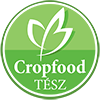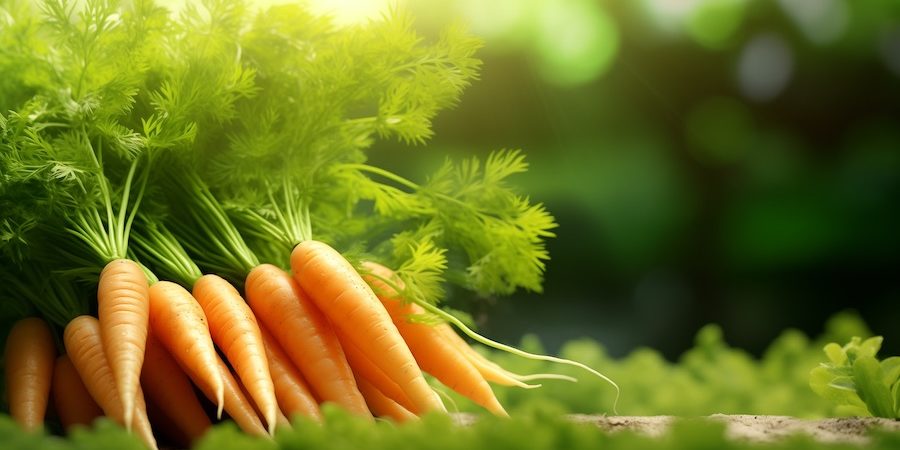With the support of our stable Hungarian producer base, this vegetable is always available in high quality in our wholesale assortment – ask us for an offer!
Carrots are one of the most popular and best-known vegetables in the world. Rich in nutrients, colourful in appearance and versatile in its uses, it is a staple in almost every kitchen. It is an excellent ingredient for both fresh consumption and cooking, with its natural sweetness and bright colour enhancing any dish.
How to choose the perfect carrot?
When choosing carrots, there are some basic considerations to take into account:
- Colour: Fresh, good quality carrots are bright orange or yellowish in colour. Uniform colour is a sign of freshness and good nutritional value.
- Texture: the carrots should be firm, crunchy and free of soft or discoloured spots. Flexible or soft pieces have lost their freshness.
- Green: If the carrot still has its green, it should be bright and fresh-looking. Wilted or dry green leaves indicate that the vegetable is not fresh.
How to use carrots in the kitchen?
The taste and texture of carrots make them suitable for almost any dish. Here are some popular uses:
- Raw: Fresh carrots are an excellent snack on their own or in a sauce. Grated for salads, such as coleslaw, it gives a particularly crunchy texture.
- In soups: a classic ingredient for vegetable soups, broths and pureed cream soups.
- As a side dish: steamed or baked, it has a sweet, caramelised flavour that goes perfectly with meat dishes.
- For baking: a basic ingredient in baked goods, such as carrot cake, which adds sweetness and moisture to the dough.
- In smoothies: grated or cooked, it can add sweetness to smoothies or juices.
How to store carrots?
Proper storage will keep carrots fresh and nutritious for a long time:
- In the fridge: store the carrots in a plastic bag or storage box in the vegetable compartment of the fridge. This will keep them fresh for up to several weeks.
- Removing the green part: if the carrot still has the green part on it, remove it before storage, as the green part will wilt faster and draw moisture away from the root.
- Storing in water: if the carrots have lost their crunchiness, you can put them in cold water to regain their freshness.
Interesting facts about carrots
- Nutrients: carrots are rich in beta-carotene, which is converted into vitamin A in the body and contributes to vision and skin health. It is also a good source of fibre, potassium and antioxidants.
- History: carrots originated in Central Asia and were originally grown in purple, yellow or white. The orange variety we know of appeared in the Netherlands in the 16th century.
- Health benefits: regular consumption of carrots can support the immune system, reduce cholesterol levels and improve digestion.
Tips for using carrots
- Peeling: young, thin carrots do not need to be peeled, just washed thoroughly. However, older, thicker carrots should be peeled to remove the tough outer layer.
- Flavouring: carrots harmonise well with honey, ginger, thyme and garlic. When steaming or frying, a little olive oil and honey can be added for an excellent flavour.
- Creative idea: try the carrot “pasta”! Cut with a vegetable peeler into long, thin strips, it can be a healthy alternative to traditional spaghetti.
Our articles on carrots


